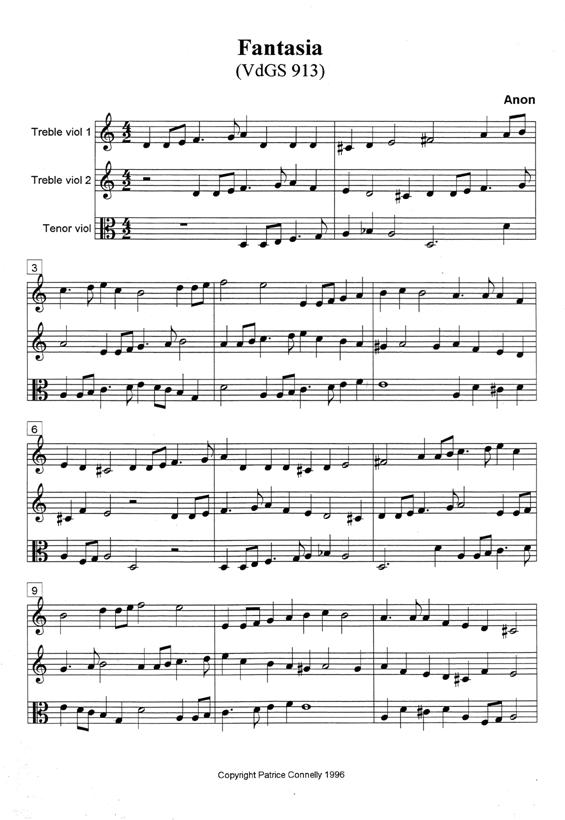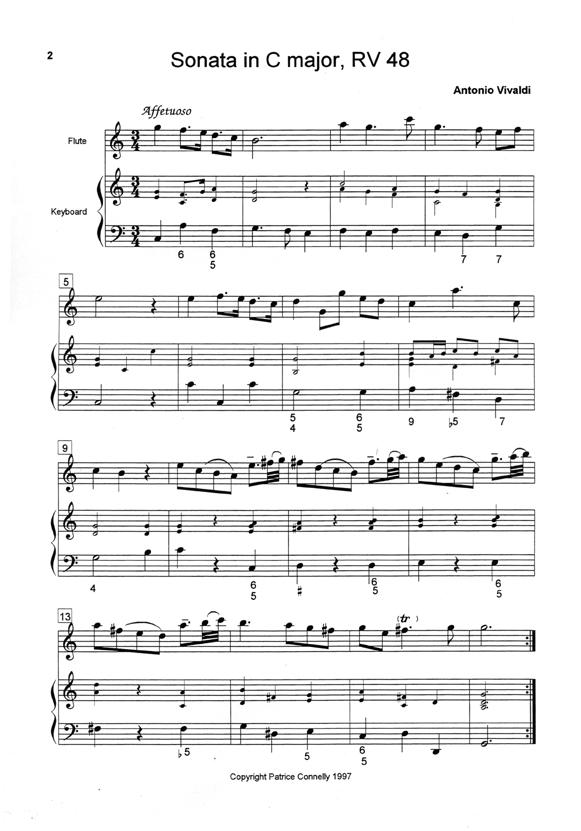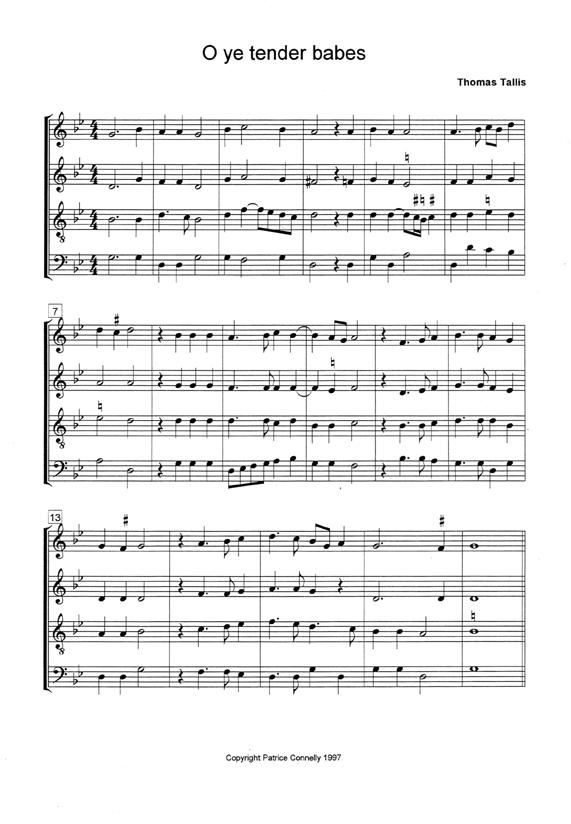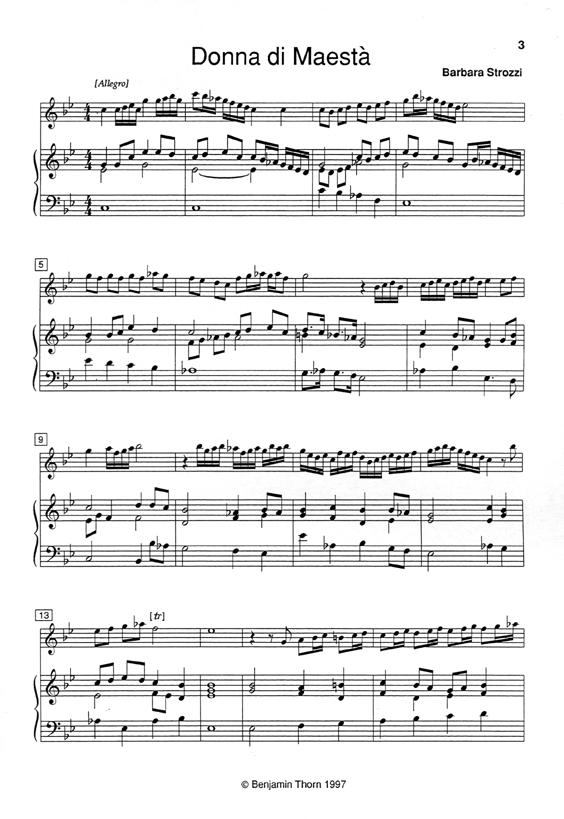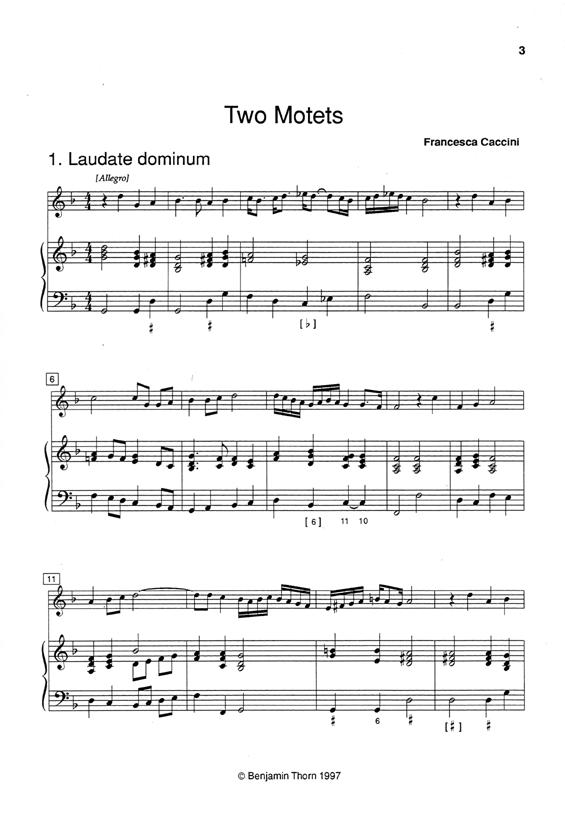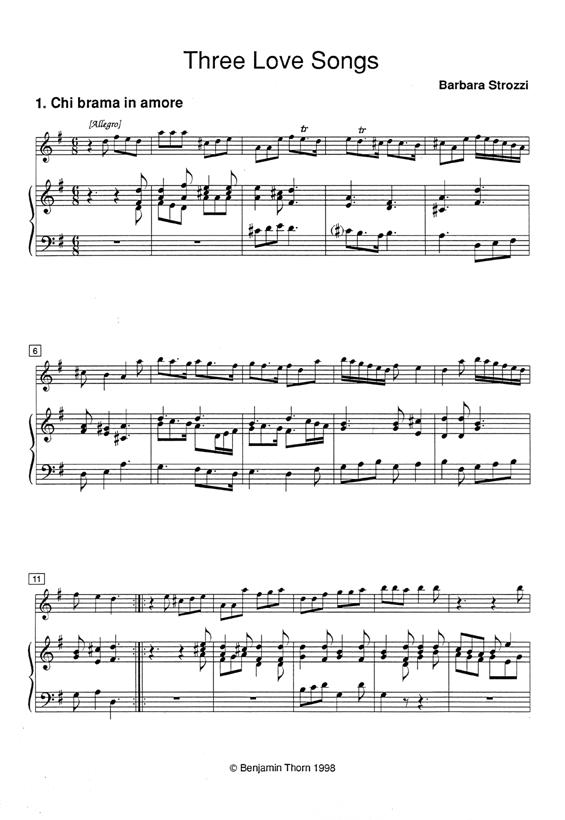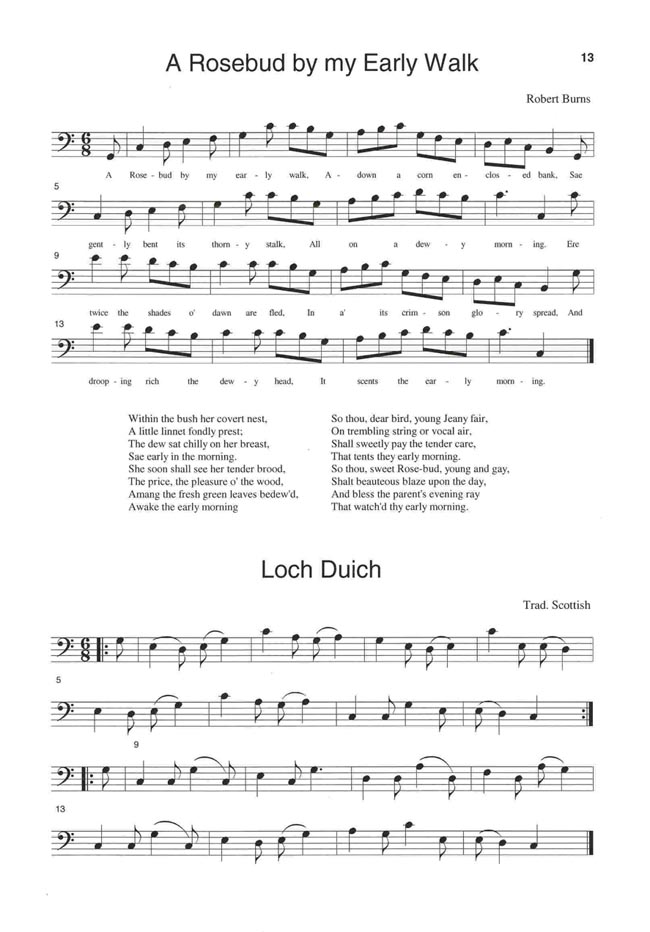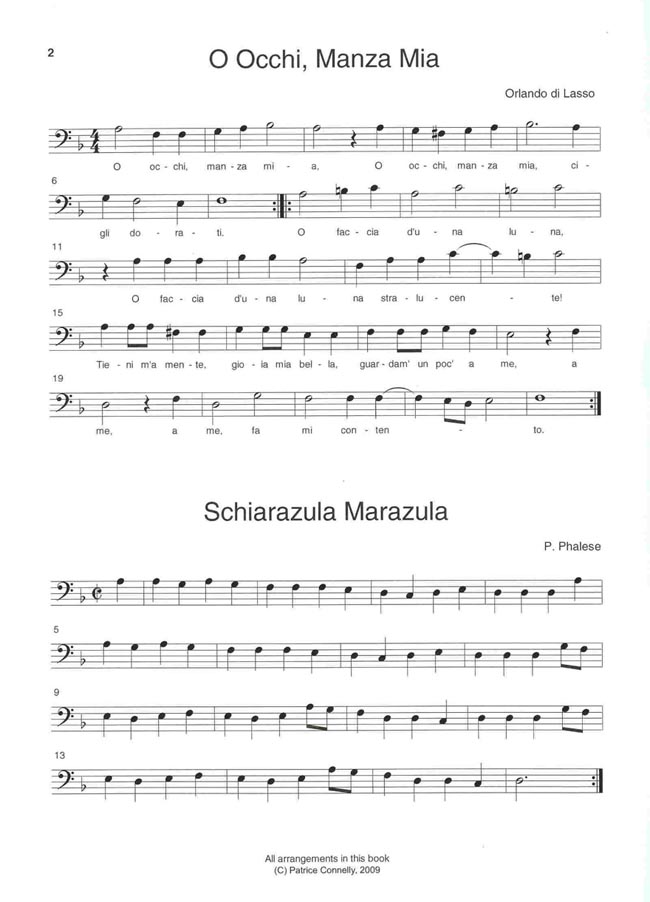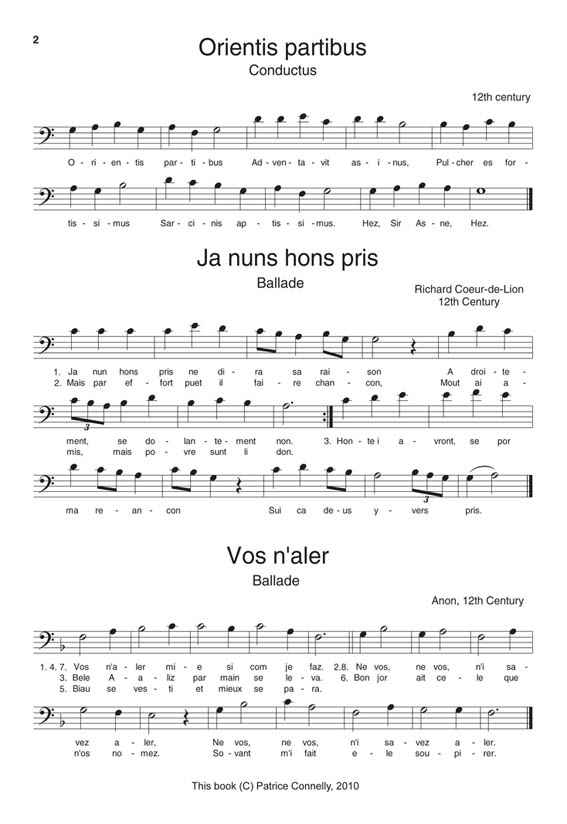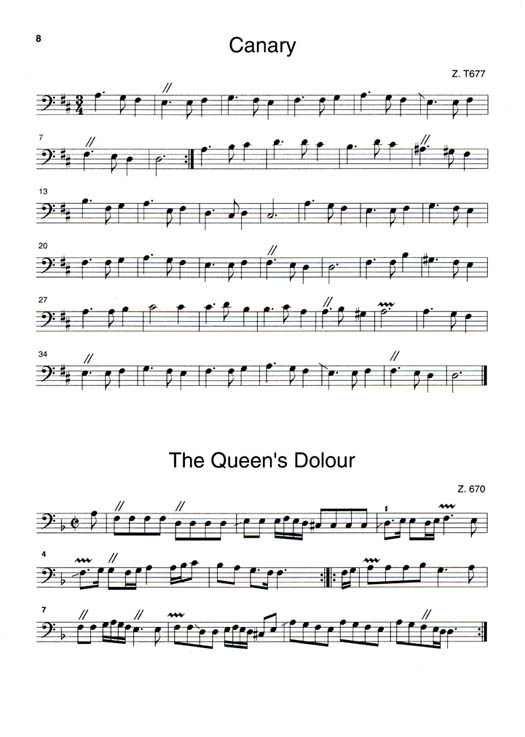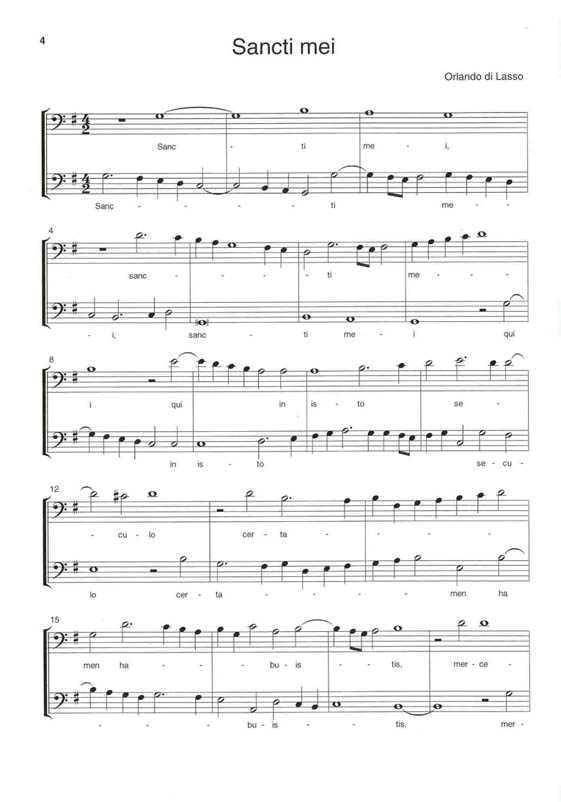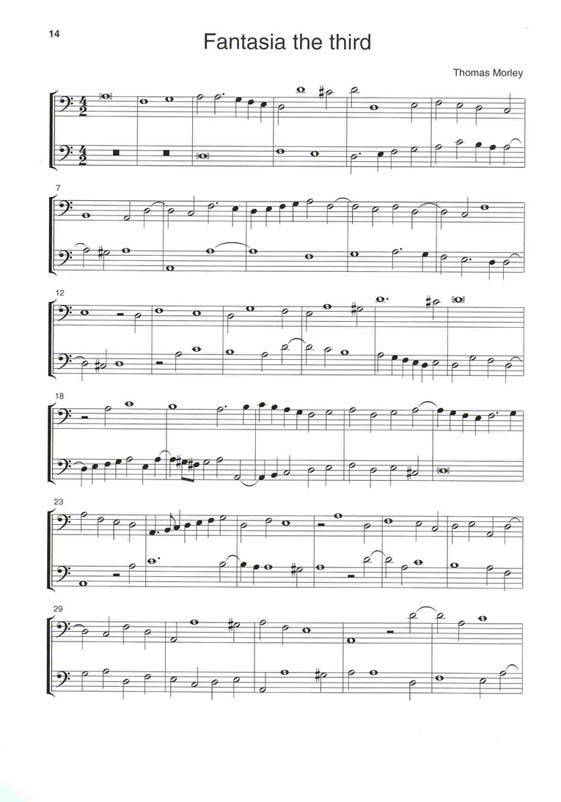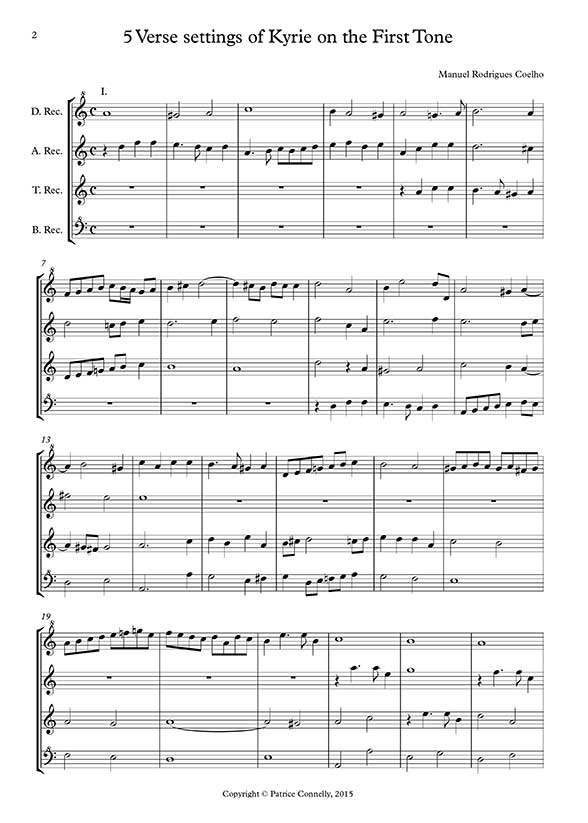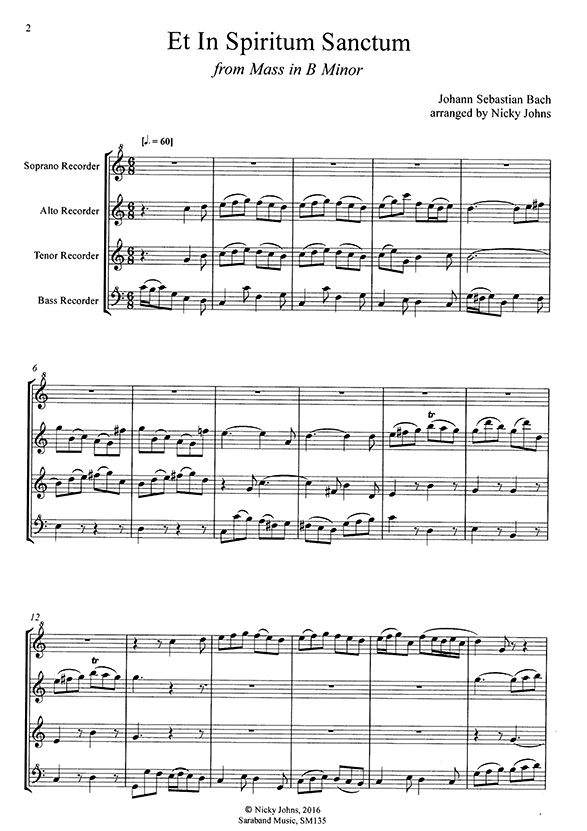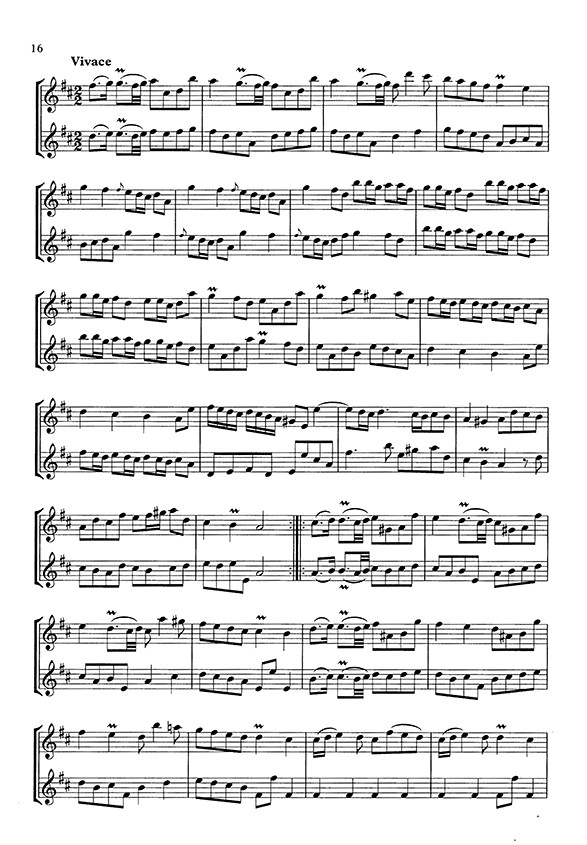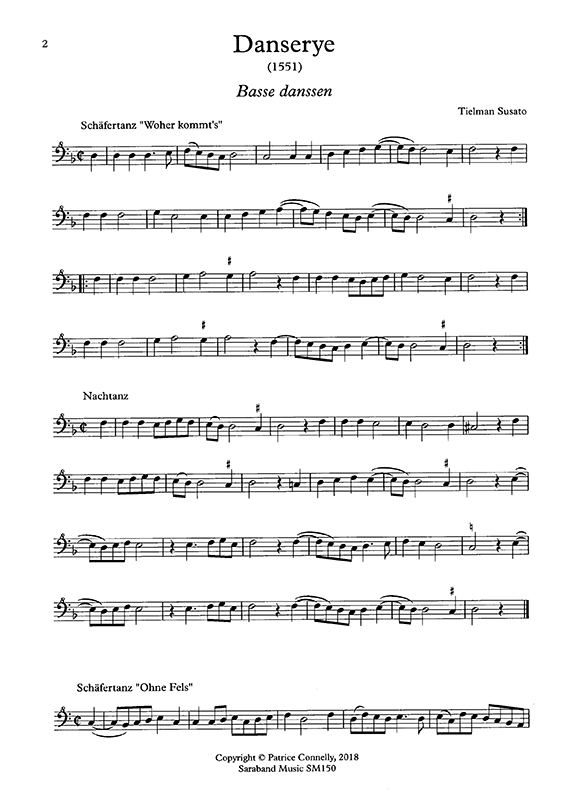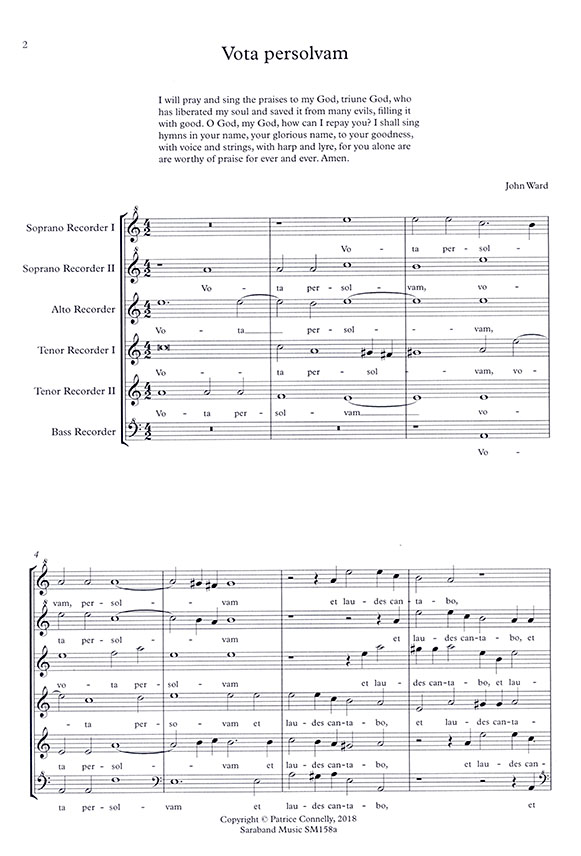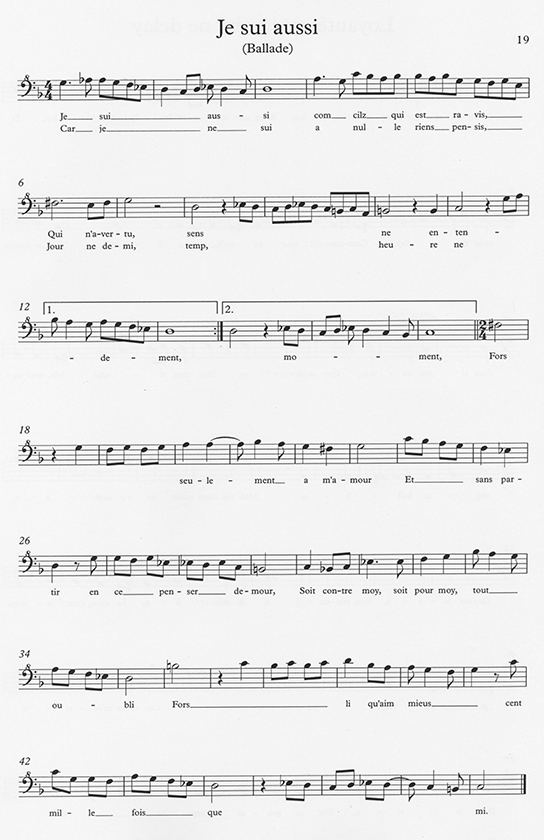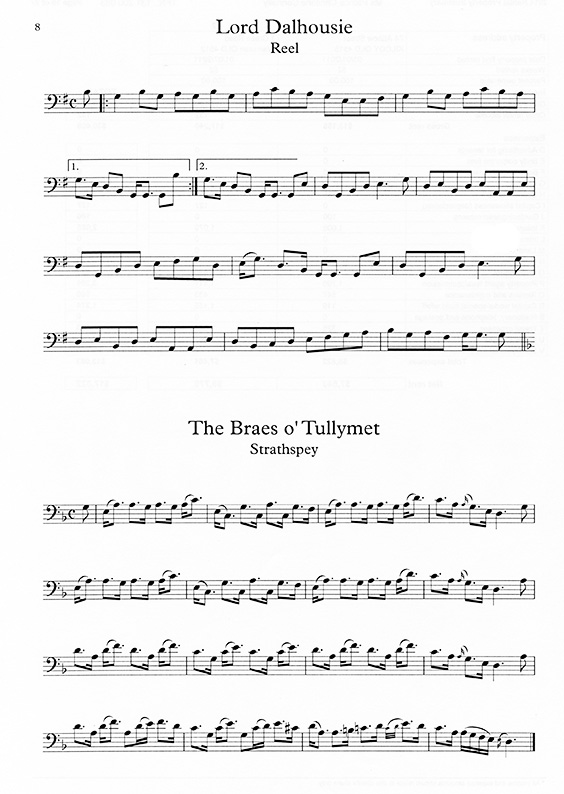Prices on this page do not include Australian GST. Australian residents please add 10%
Recorder & Flute Editions

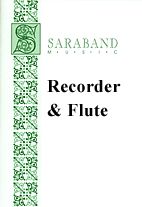
Sample pages have been provided from each edition. These are copyright, and are not necessarily indicative of the standard of difficulty of the whole edition.
These two madrigalesque fantasias were originally for viols (see SM5) but work nicely on SSA recorders. They come from British Library MSS 34800A-C, which was compiled during the 17th century. 3 scores. This is the same as the Viol consort page SM5. The recorder edition of course has recorder clefs!
This sonata was written for flute but can also be played on violin or recorder. It is not particularly difficult music. The figured bass has been realised, and it comes with flute, bass and keyboard parts. The figured bass is also given.
These pieces were originally from The Mulliner Book, a collection of keyboard works dating from the mid to late 16th century. They have been arranged here for SSTB recorders. The standard is quite easy, and suitable for children. Four scores.
Ben Thorn has arranged this vocal piece by the 17th century composer Barbara Strozzi. This piece was written for the wedding of Ferdinand III of Austria and Leonora II of Mantua. The music is fairly virtuosic, and the keyboard part is realised. A bass part is provided.
Another of Ben Thorn's arrangements of music by early female composers. Daughter of the famous Giulio Caccini, Francesca published these two works in 1618. This piece would also work played on violin.
These three pieces come from Barbara Strozzi's Ariette a voce sola, op. 6 (1657). They are less virtuosic than SM18, and are tuneful and pleasing works. The bassline for these pieces was unfigured, and a realisation has been provided. Again, arranged by Ben Thorn.
This edition by Rosalind Halton is based on two mss in the Santini Collection in Munster. The cantata dates from June 1699. This edition comprises score and parts, with the keyboard part realised. A full translation is also provided.
36 pieces of folk songs, tunes and dances from England, Ireland, Scotland and Australia. Fairly easy. Texts included for all songs.
The last page was mistakenly printed in treble clef. Download replacement in bass clef.
See the Free Downloads page for some extra bass recorder pieces.
29 Renaissance pieces, roughly graded from fairly easy to more difficult. Hume, Holborne, Dowland, Lassus and many others. Several sets of divisions for a little more challenge.
27 songs and dances from the Middle Ages, arranged in rough chronological order. Favourites including Sumer is icumen in, Lamento di Tristano, 2 Estampie, Trotto and many more. Generally easy to intermediate standard.
43 keyboard pieces arranged for bass recorder. Lots of Airs, Minuets, Hornpipes and other dances and tunes. Mostly easy, but there's plenty of ornamentation to challenge. This music is tuneful and fun.
14 duets for intermediate players, taken from Morley's Canzonets to two voyces and Lassus' Motetti and Ricercari. Texts included for all vocal works. Single score.
9 duets for experienced intermediate and advanced players. The first pieces by Lassus and Anon are similar in standard to Vol. 1, but the Gibbons Fantasia and the three Fantasies by Morley from his Plaine and Easie Introduction to Practicall Musicke are challenging. Single score.
Portuguese composer Manuel Rodrigues Coelho published a large collection called Flores de Music, from which this was taken. Originally much lower, it has been transposed up a ninth, and fits SATB recorders nicely.
Edited by Nicky Johns.
From Bach's Mass in B minor. This piece has been transposed into C major and was arranged for the Irish Recorder & Viol Course arrangers' competition in 2016. SATB recorders. Score & parts.
This lovely two part madrigal for 6 recorders is by Marc'Antonio Ingegneri, the teacher of Claudio Monteverdi, and an important composer himself. He wrote a number of books of madrigals, motets and masses. This edition is transposed up from the original key. For a sample page, please see SM140 (in the original key) on the Viol Consorts page. Score and parts.
Dutch composer Willem de Fesch was an almost exact contemporary of Handel. This collection of 6 sonatas was written for two German flutes or violins, and first published in England in 1739. Saraband has published the original version, which may also suit recorder. 2 scores.
Audio sample is the third movement of Sonata 1 - Sicilienne
Another volume of the popular Bass Recorder books series (see SMs 64-67, 69-70). This time all of Susato's Danserye has been transposed to suit solo bass recorder. Score.
This beautiful motet is in its original key, but transposed up to better fit the range of the recorders. Glorious music! Score and parts.
In the audio file, parts of the bass line are very difficult to hear. The viol version audio is better and can be found on the Viol Consorts page.
Thirty six pieces by this Mediaeval master. All of these are vocal in origin, and texts (not all verses) have been provided, though as with all music of this era, text underlay is ambiguous at best. This is not a scholarly edition, but one to play from and enjoy. The majority of pieces are virelai, plus some ballades and rondeaux.
Arranged for bass recorder or bass viol (or baroque bassoon or maybe even cello), these sixty pieces come from John Thomas Surenne's 1841 collection of 245 reels and strathspeys. Intermediate standard and lots of fun. Great for gigs or just for pleasure.
